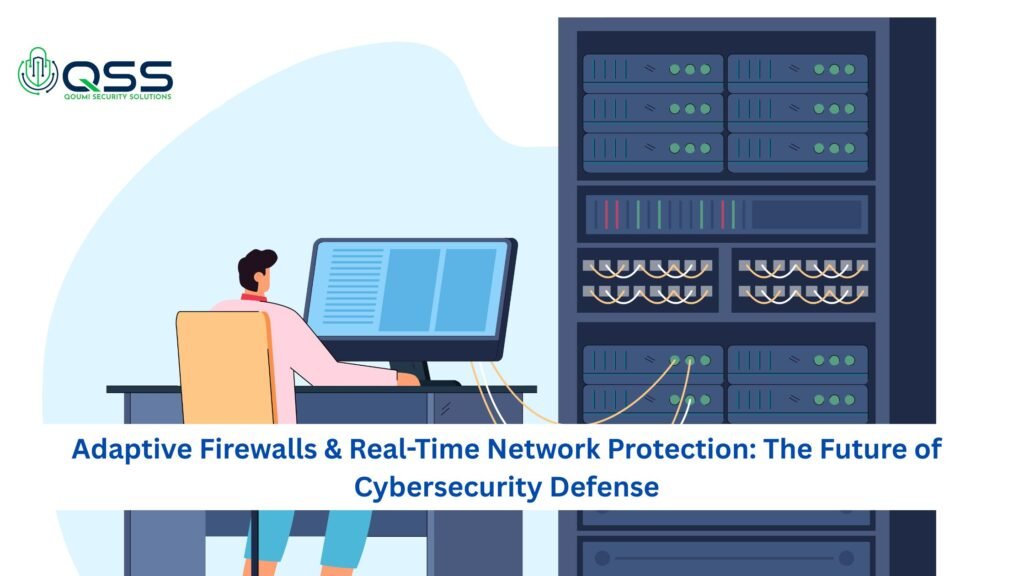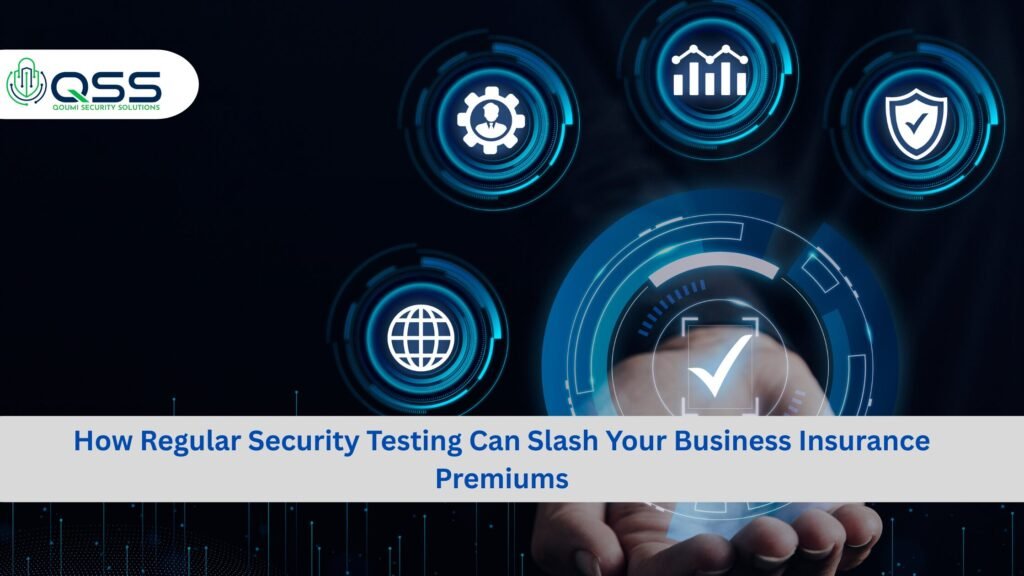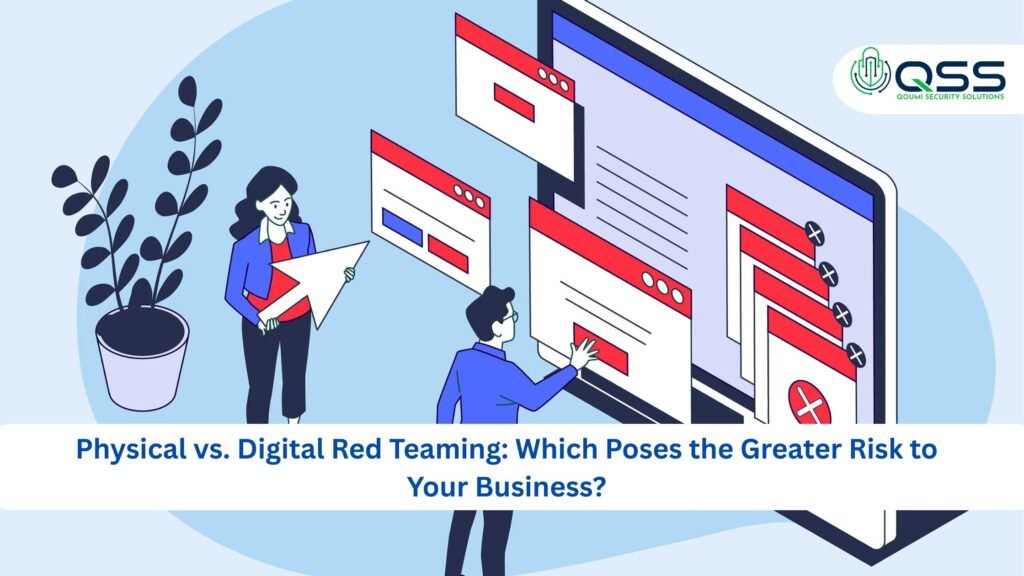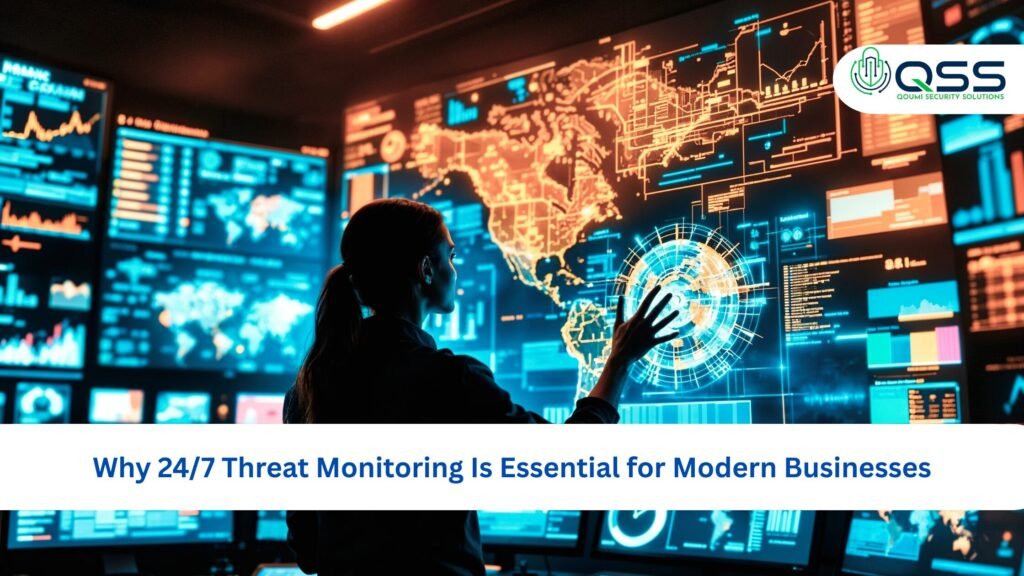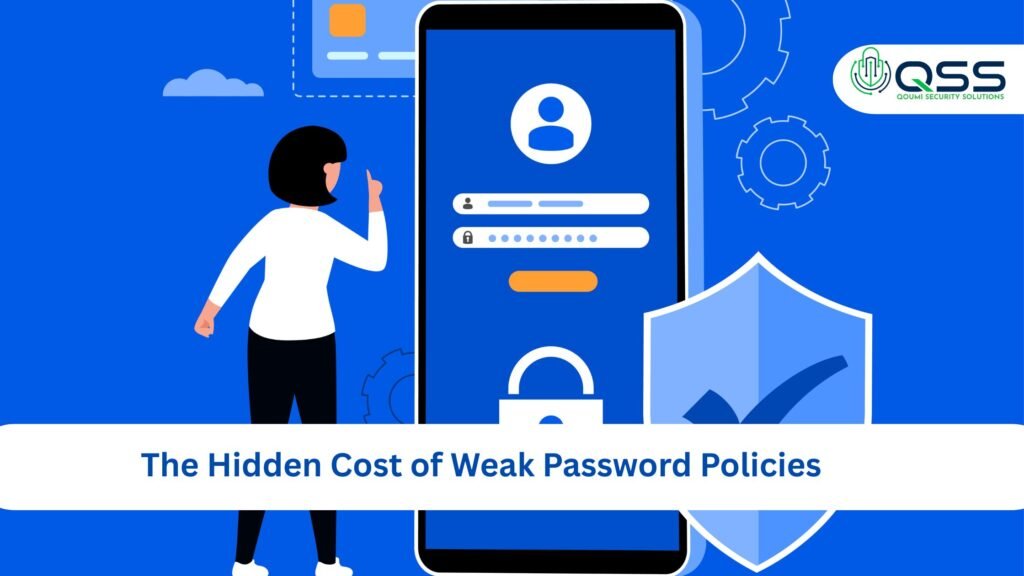Single Blog
Cyber Risk Assessment: A CEO’s Guide to Smarter Investments
Cyber Risk Assessment: A CEO’s Guide to Smarter Investments
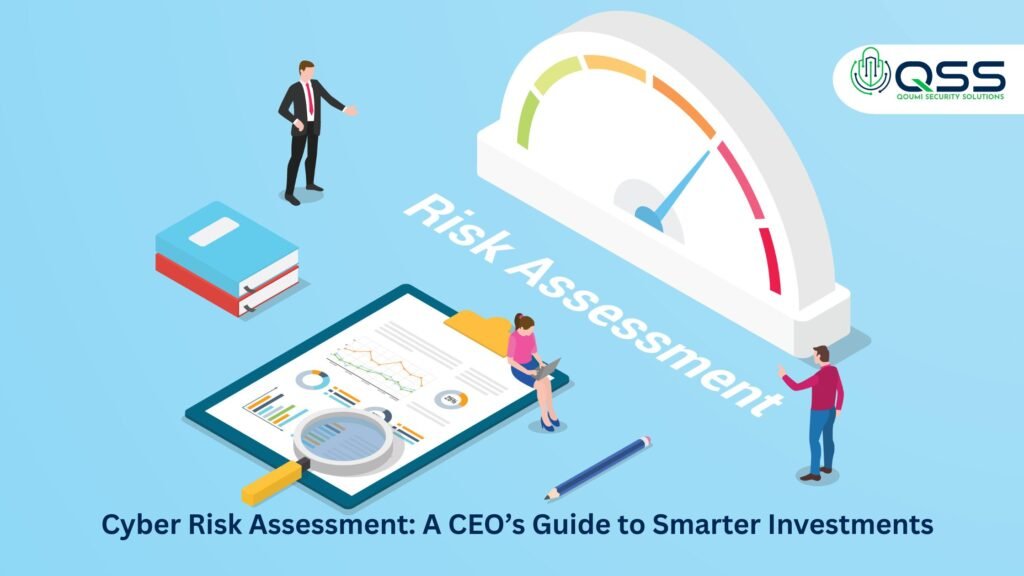
The digital landscape of 2025 is full of promise—and peril. As companies harness cloud, AI, and increasingly remote workforces to drive growth, they also face a growing barrage of cyber threats that can cripple operations, erode trust, and burn through resources. For CEOs, managing this risk has never been more strategic or urgent.
Yet investing wisely in cyber resilience isn’t about buying the shiniest tools or signing off on massive budgets. It’s about understanding your organization’s true risk, aligning technology with business priorities, and making every dollar count. Here’s what every CEO needs to know to navigate cyber risk assessments, avoid common mistakes, and ensure security investments deliver measurable business value.
Why Cyber Risk Assessment Matters Now More Than Ever
A cyber risk assessment helps business leaders see past technical jargon and get a clear, business-centric view of cyber threats. It reveals where the organization is vulnerable, which threats are most likely to strike, and what’s truly at stake—from financial loss to regulatory penalties, reputational damage, and operational outage.
With new regulations, ransomware surges, supply chain attacks, and AI-powered scams, assuming “it won’t happen to us” is no longer acceptable. Investors, regulators, and customers now expect leaders to demonstrate both awareness and preparedness.
What is a Cyber Risk Assessment?
At its core, a cyber risk assessment is a structured look at how your business might be impacted by cyber incidents, factoring in both the probability of threats materializing and the likely impact they would have.
A comprehensive assessment goes beyond the IT department. It covers data, critical systems, workflows, people, third parties, and even your organization’s public reputation. It provides a map: what you own, how it’s protected, where the cracks are, and how to address them.
Key Components of Effective Cyber Risk Assessment
Asset Identification and Valuation:
Start by mapping out all critical assets—intellectual property, customer data, revenue-generating platforms, cloud services, and even physical facilities. Assigning value (financial or operational) helps determine what truly requires protection.
Understanding Threats and Vulnerabilities:
From phishing and ransomware to insider threats and supply chain attacks, hazards exist at every layer. A good assessment considers threat actors (criminals, insiders, hacktivists), their motives, and the weaknesses—old software, weak passwords, unmonitored vendors—they’re likely to exploit.
Business Impact Analysis:
What happens to revenue, reputation, and compliance if a core system is compromised? Quantifying potential downtime, data loss, or penalties helps prioritize response.
Controls and Maturity Review:
Evaluate your current defenses—technical (firewalls, multifactor authentication, segmentation), process (incident response, patching protocols), and culture (employee awareness, training). Benchmark these against recognized frameworks like NIST, ISO 27001, or industry-specific standards.
Risk Quantification and Prioritization:
Present risk findings in plain language, ideally with estimated dollar values. A scenario-based approach—“A ransomware attack could result in $3 million in lost sales and regulatory fines”—makes decisions clearer for the board and C-suite.
A CEO’s Role: Asking the Right Questions
A world-class risk assessment only drives value if leadership is engaged. Smart CEOs focus on the following areas:
- Alignment with Strategy: How does our current cyber risk posture impact the company’s ability to deliver products, enter new markets, or execute on major digital initiatives?
- Clear Business Cases: Are upcoming security investments linked to real risks, or driven by trend-following? How are we measuring ROI—by risk reduction, compliance, or competitive advantage?
- Accountability: Who owns cyber risk in the organization? Is it siloed in IT, or integrated with enterprise risk management, legal, and operations?
- Resilience and Response: What plans are in place for a major breach? How quickly can we detect, contain, and recover? Is the board part of incident simulations?
Best Practices for a Board-Level Cyber Risk Assessment
- Quantify Risk in Business Terms:
Move from technical metrics (“unpatched servers”) to financial impact (potential $5M loss per breach). This makes risk real for non-technical stakeholders. - Embrace Automation and AI:
Automated risk assessment tools and AI-driven analytics allow faster, more accurate threat detection, trend analysis, and prioritization. Automate routine tasks (asset discovery, vulnerability scanning, compliance checks) so your team focuses on strategic improvement. - Integrate Operational and Cyber Risk:
Cyber isn’t an island. Include cyber risk in all business impact analyses, disaster recovery planning, and third-party risk frameworks. - Leverage Industry Standards:
Benchmark your maturity against respected frameworks like NIST, ISO, PCI-DSS, or sector-specific regulations. This supports both compliance and continuous improvement. - Foster a “Risk-Aware” Culture:
Educate all employees and executives—not just IT. Phishing simulations, clear reporting channels, and regular communication keep cyber secure top-of-mind.
Turning Cyber Risk Assessment into Smarter Investment
A thorough cyber risk assessment doesn’t just highlight gaps—it empowers smarter budget allocation. By understanding what matters most, CEOs can:
- Invest in controls that reduce the biggest risks, not just the loudest threats.
- Tie spending to business value—whether that means stopping downtime, avoiding fines, or gaining a competitive edge by assuring customers of strong cybersecurity.
- Build a credible story for stakeholders, showing proactive, data-driven risk management.
- Avoid wasteful “silver bullet” purchases that don’t align with real vulnerabilities or business objectives.
Practical Steps for CEOs
- Champion Cyber Resilience as Strategy: Make security part of your business’s core fabric, not a side conversation.
- Demand Clear Metrics: Get regular reports tying progress to business outcomes—breach reduction, compliance posture, response speed.
- Engage the Board Early: Regular assessments, tabletop exercises, and investment reviews should include directors and risk committees.
- Expand Assessments to Third Parties: With supply chain attacks rising, extend your assessments to critical vendors and partners.
- Respond and Adapt: Use real-world incidents and evolving threats as catalysts to continually adapt the risk assessment process.
The Value of Partnering with QuomiSecurity
Cyber risk assessment is not a solo journey—especially as digital ecosystems grow more complex. This is where QuomiSecurity becomes an invaluable ally for forward-thinking CEOs. QuomiSecurity blends industry-leading expertise, advanced automated assessment, and deep business acumen to help you:
- Gain true visibility across all assets, inside and outside your network
- Continuously detect and prioritize new risks with AI-driven analytics
- Quantify risks in business language to support smarter decision-making
- Benchmark against global standards and best practices
- Simulate the impact and recovery from dread scenarios with seasoned incident response planning
- Train your teams and leadership through clear communication, live exercises, and ongoing threat updates
With QuomiSecurity, CEOs gain the clarity and confidence to make cyber investments that not only protect but propel business growth—transforming cybersecurity from a defensive cost into a foundation for innovation, compliance, and customer trust.
Final Thoughts
The responsibility for cyber risk now sits squarely with CEOs and the boardroom. By embracing structured, business-driven risk assessments—and partnering with experts like QuomiSecurity—leaders can turn uncertainty into action and fragmented investments into lasting value.
Now is the time to move beyond compliance and checkbox exercises. Treat cybersecurity as a strategic asset, make the right investments, and let QuomiSecurity help you map the risks, seize the opportunities, and chart a safer path forward through the digital world of tomorrow.
